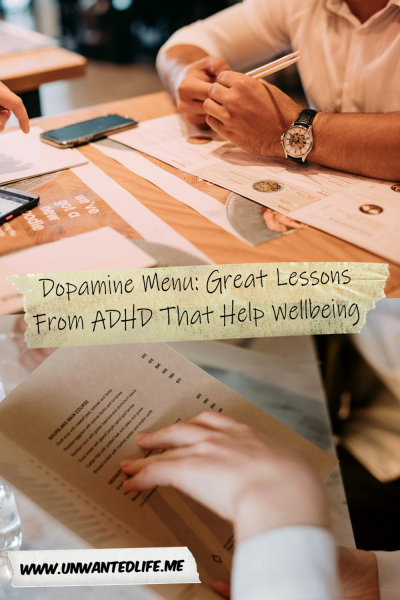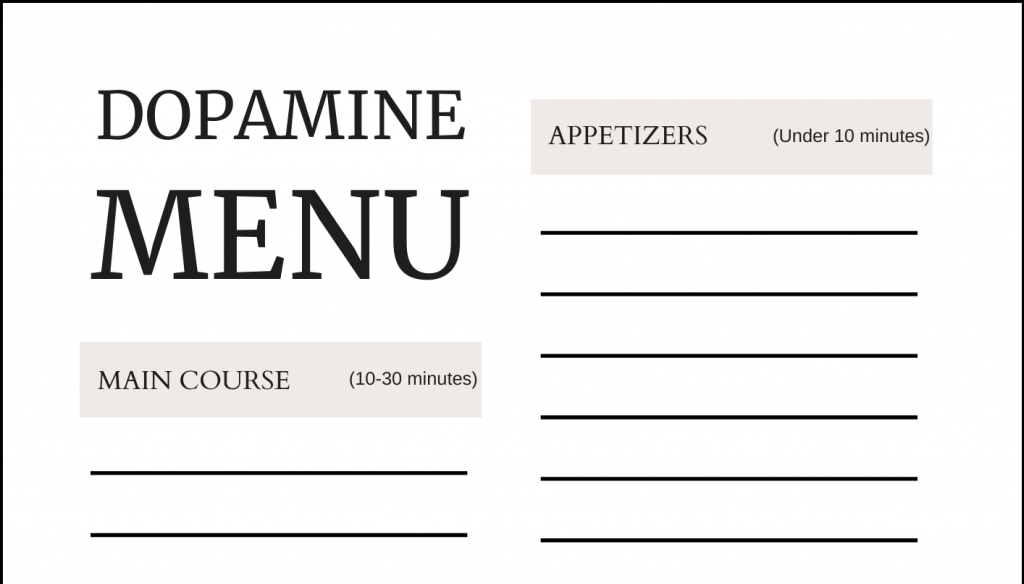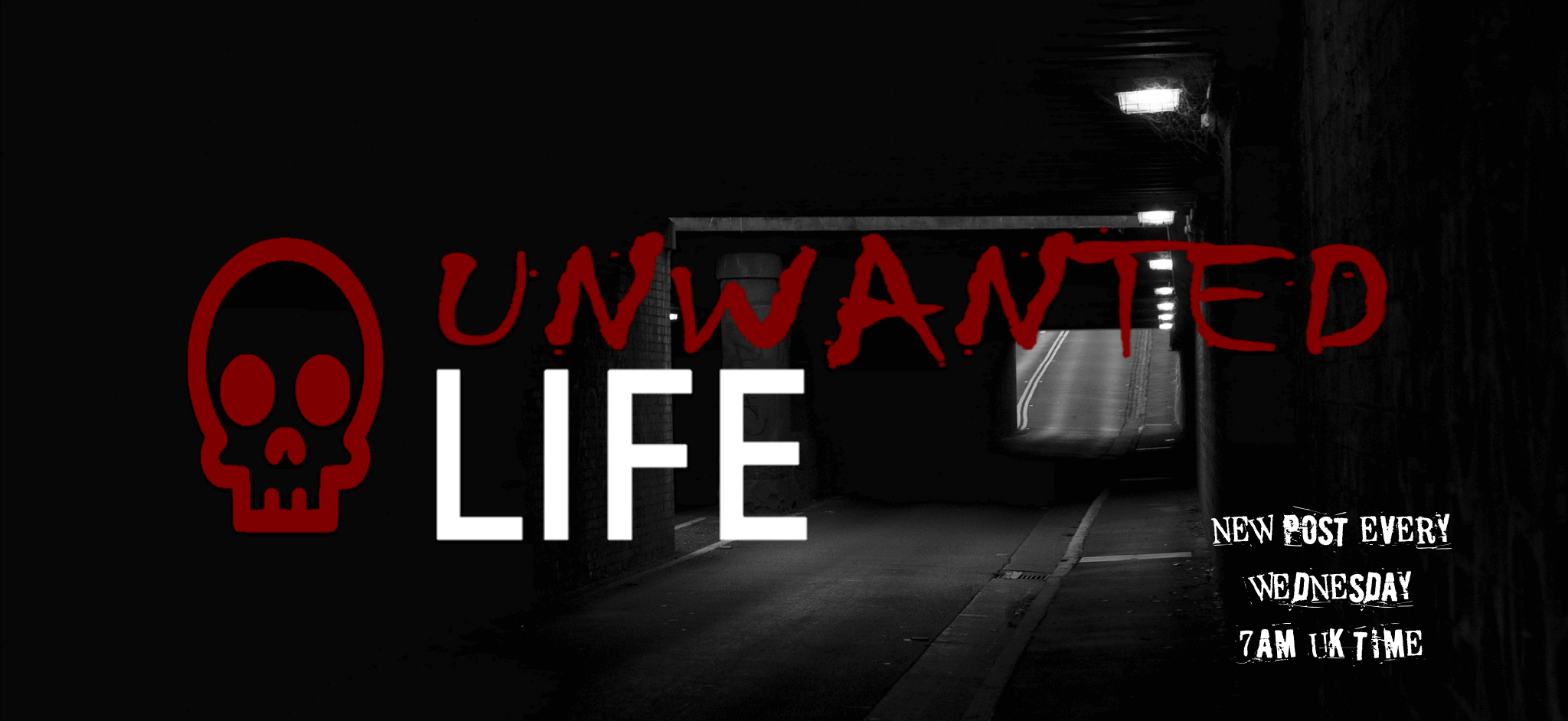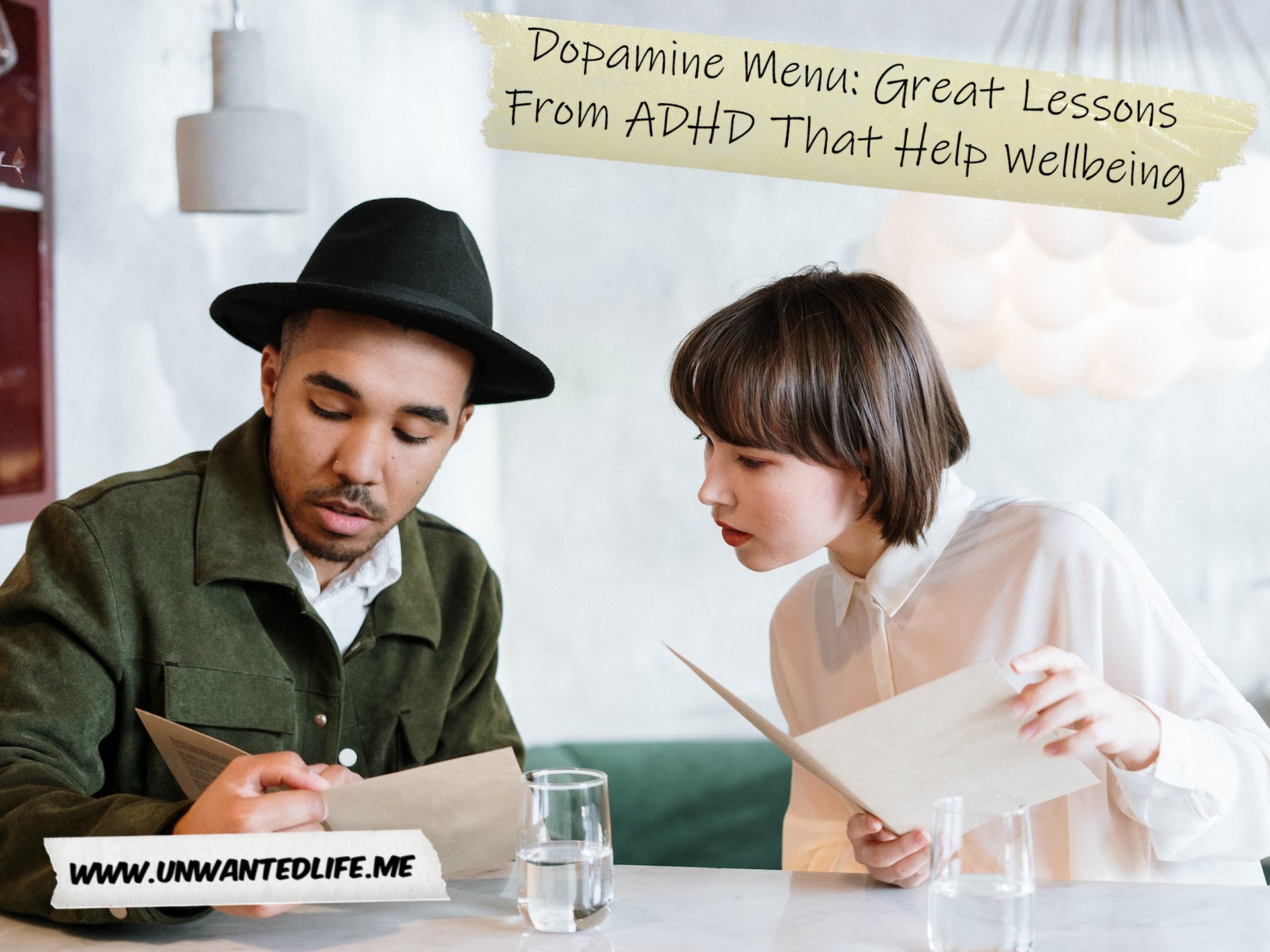I was inspired to write this article after watching a YouTube video on the topic, where the host has attention deficit hyperactivity disorder (ADHD). Since watching the video, I had a client who had both depression and ADHD, yet wasn’t aware of what a dopamine menu was due to a lack of ADHD support. Thus, I suggested they try creating one, and because of this series of events, you now have this wonderful article to read on the topic.
What Is ADHD
ADHD is characterised by symptoms such as trouble concentrating, overactivity, and impulsiveness that are age-inappropriate, persistent, and pervasive (Sonuga-Barke et al., 2013). The majority of people diagnosed with ADHD are in childhood, and there is a possibility for improvement with age (NHS).
According to the CDC, someone with ADHD might daydream a lot, forget or lose things a lot, make careless mistakes or take unnecessary risks, have a hard time resisting temptation, and have trouble waiting for their turn.
Although ADHD is known for how it can cause problems with concentration, it can also cause people with ADHD to become hyper-focused. This is where they’ll become intensely focused on a single task or project (ADDitude), such as a hobby. Although WebMD states this isn’t an official symptom.
What Is Dopamine
According to Marsden (2006), dopamine is a neurotransmitter that’s involved in the control of movement and Parkinson’s disease, as well as the neurobiology and symptoms of schizophrenia and ADHD. Healthdirect Australia also linked having too little dopamine with depression. Hence suggesting to my client that they may benefit from creating a dopamine menu.
Berke (2018) states that dopamine is a key modulator of both learning and motivation, with support of its effects on motivation coming from Healthdirect Australia. Further support for this comes from the Cleveland Clinic who tell us that this “feel-good” hormone (a natural happy chemical our bodies can make) gives us a sense of pleasure and also gives us the motivation to do something when we’re feeling pleasure. Hence, creating a dopamine menu.
However, because dopamine is our happy hormone, it’s heavily linked to the pleasure centre of our brain (reward system), which certain substances of abuse can easily hijack (Marsden, 2006), as can activities like gambling.
Dopamine also has a role to play in controlling memory, mood, sleep, learning, concentration, and other body functions (Healthdirect Australia). Our dopamine is a very busy little neurotransmitter.
What Is A Dopamine Menu
A dopamine menu is a personalised list of activities, tasks, or experiences that can bring you joy and help tap into your reward system to boost your dopamine levels. It’s a tool for promoting wellbeing and combating low energy, lack of motivation, or symptoms of ADHD, and it might help with recovery from depression.

How To Create A Dopamine Menu
Brainstorm activities
Start by reflecting on activities that genuinely make you happy and energised. Consider hobbies, creative pursuits, social interactions, physical activities, or anything that sparks joy and fulfilment. Even glimmers count.
Categorise your activities
Divide your activities into categories based on their energy level and duration. For instance, you could have categories like “Quick Pick-Me-Ups” for short, energising activities and “Longer Indulgences” for more extended experiences.
Rate your activities
Assign a rating to each activity based on how consistently and intensely it boosts your mood. This will help you prioritise activities when you need to find a quick dopamine boost from your dopamine menu.
Make it accessible
Keep your dopamine menu easily accessible in a physical notebook, on a digital document, or note app or as a curated playlist if it’s music.
Activities To Consider For Your Dopamine Menu
These are just ideas to help you brainstorm and then try out and rate them for your dopamine menu. Please remember you’re not limited to the suggestions here, as what we find enjoyable will differ from person to person.
Exercise
Physical activity, especially aerobic exercises, can increase dopamine levels, contributing to feelings of happiness and wellbeing.
Music
Listening to music, especially when it elicits strong emotions, can trigger dopamine release, leading to feelings of pleasure and enjoyment. This is always my go-to. I’ll either go with some nu-metal or tunes I know I find uplifting, which normally means I like singing along to them.
Learning and novelty
Engaging in activities that involve learning new things or experiencing novelty can stimulate dopamine production, encouraging curiosity and engagement. This is especially important for those with ADHD.
Social Interaction
Positive social interactions, such as spending time with loved ones or engaging in meaningful conversations, can also trigger dopamine release.
Mindfulness and meditation
Practising mindfulness and meditation may positively impact dopamine levels by reducing stress and promoting a sense of calm and wellbeing.
Examples Of A Dopamine Menu With Different Categories
The following is a basic example of a dopamine menu split into three categories, which are: Quick pick-me-ups (5-10 minutes), medium-term mood boosters (15-30 minutes), and longer indulgences (30 minutes or more).
Quick pick-me-ups (under 10 minutes)
- Listen to your favourite upbeat song.
- Dance to a fun tune.
- Review your achievements collage or list.
- Watch a short, hilarious video.
- Read a motivational quote.
- Read your affirmations.
- Practice deep breathing exercises.
Medium-term mood boosters (10-30 minutes)
- Engage in a brief physical activity like walking, stretching, or yoga. This would be a great time to break out the old dice man fitness idea.
- Call a friend or family member for a chat.
- Read a chapter of an enjoyable book.
- Practice mindful meditation.
- Engage a creative hobby, like painting, writing, or playing music.
Longer indulgences (30 minutes or more)
- Spend time in nature, hiking, gardening, or simply enjoying the outdoors.
- Engage in a fulfilling social activity, like volunteering or joining a club.
- Treat yourself to a relaxing spa day or massage.
- Dedicate time to a passion project or personal goal.
- Enjoy a leisurely meal with loved ones.
My Dopamine Menu
Taking inspiration from Jessica from the ‘How to ADHD‘ YouTube channel, I’ve whipped up an easy-to-use dopamine menu that you can download for free. It has four sections, the three mentioned above, which were: quick pick-me-ups (under 10 minutes), medium-term mood boosters (10-30 minutes), and longer indulgences (30 minutes or more). I’ve also included a section for activities you can do while engaging in a boring task to help maintain your dopamine.

You can download the free worksheet by clicking here.
Summary
Having a dopamine menu is a key tool for those with ADHD, but also a tool that can help any of us struggling with low mood or a lack of motivation. It can also help us with avoiding burnout. So why not add a dopamine menu to your self-care tool kit?
Remember, your dopamine menu is personal and can evolve as your interests, hobbies, and needs change. Regularly review and update your menu to keep it relevant and effective, especially if you have ADHD and novelty is a factor for you.
As always, leave your feedback in the comments section below. Also, please share your experiences with ADHD and/or using a dopamine menu in the comments section below as well. Don’t forget, if you want to stay up-to-date with my blog, then sign up for my newsletter below. Alternatively, click the red bell icon in the bottom right corner to get push notifications for new articles.
Lastly, if you’d like to support my blog, then there are PayPal and Ko-fi donation payment options below. Until next time, Unwanted Life readers.
References
Berke, J. D. (2018). What does dopamine mean?. Nature neuroscience, 21(6), 787-793. Retrieved from https://www.ncbi.nlm.nih.gov/pmc/articles/PMC6358212.
Marsden, C. A. (2006). Dopamine: the rewarding years. British journal of pharmacology, 147(S1), S136-S144. Retrieved from https://bpspubs.onlinelibrary.wiley.com/doi/pdf/10.1038/sj.bjp.0706473.
Sonuga-Barke, E. J., Brandeis, D., Cortese, S., Daley, D., Ferrin, M., Holtmann, M., Stevenson, J., Danckaerts, M., van der Oord, S., Döpfner, M., Dittmann, R. W.,Simonoff, E., Zuddas, A., Banaschewski, T. B., Buitelaar, J., Coghill, D, Hollis, C, Konofal, E., Lecendreux, M., Wong, I. C. K., Sergeant, J., & European ADHD Guidelines Group. (2013). Nonpharmacological interventions for ADHD: systematic review and meta-analyses of randomized controlled trials of dietary and psychological treatments. American journal of psychiatry, 170(3), 275-289. Retrieved from https://ajp.psychiatryonline.org/doi/full/10.1176/appi.ajp.2012.12070991.


This is interesting, I love listening to upbeat music. Very informative post and learned new things as well. Thank you for sharing!
Music is life changing. Thanks for commenting
I always enjoy reading your posts. I helped a young man who had this back in college. It’s always nice to learn something new.
This is such a good read and I love your dopamine menu. This is something that I think would be extremely useful for me!
I hope you find it beneficial to use. Thanks for commenting
Thank you for this insightful article. It definitely explains the dopamine deficit, so it’s easier to understand. And love the checklist. Have downloaded it!
Thanks for commenting. I hope you find the dopamine menu downloaded useful